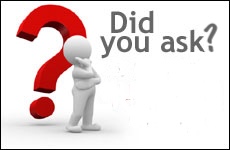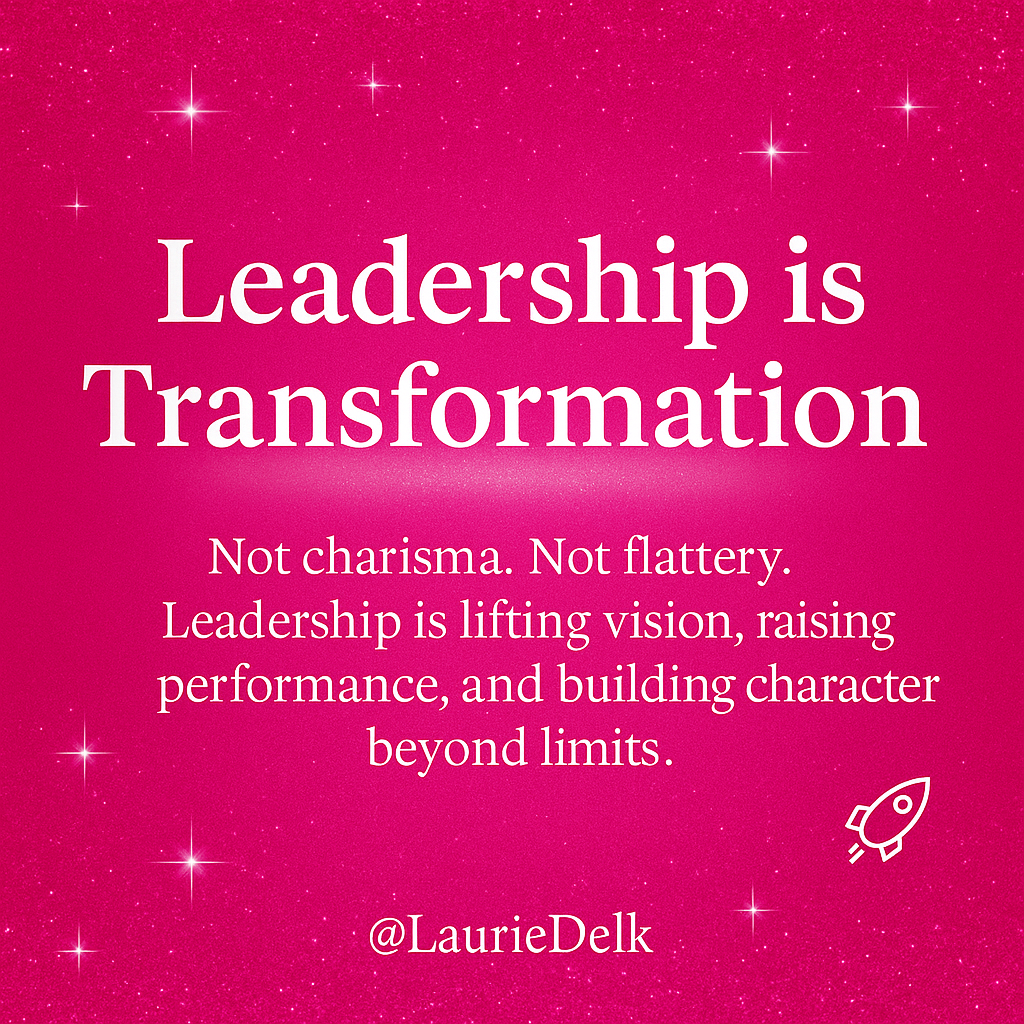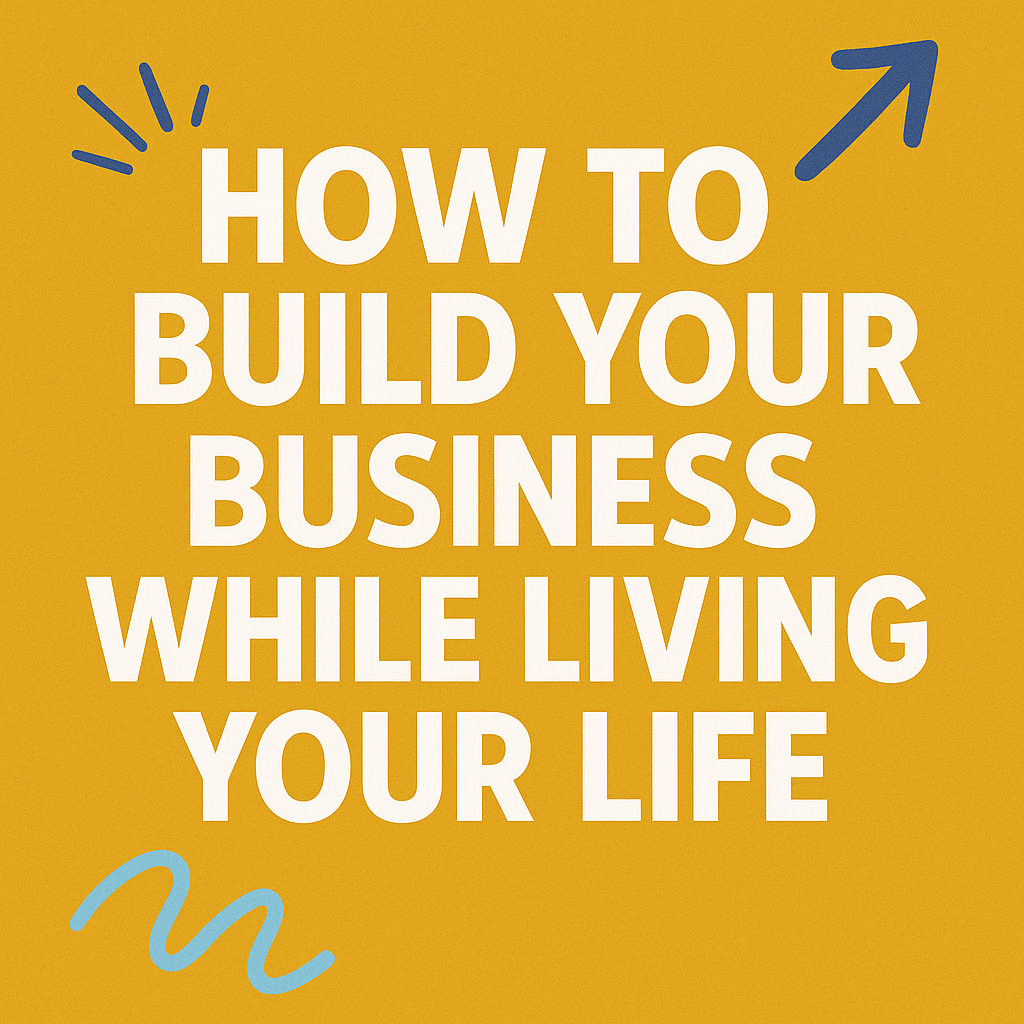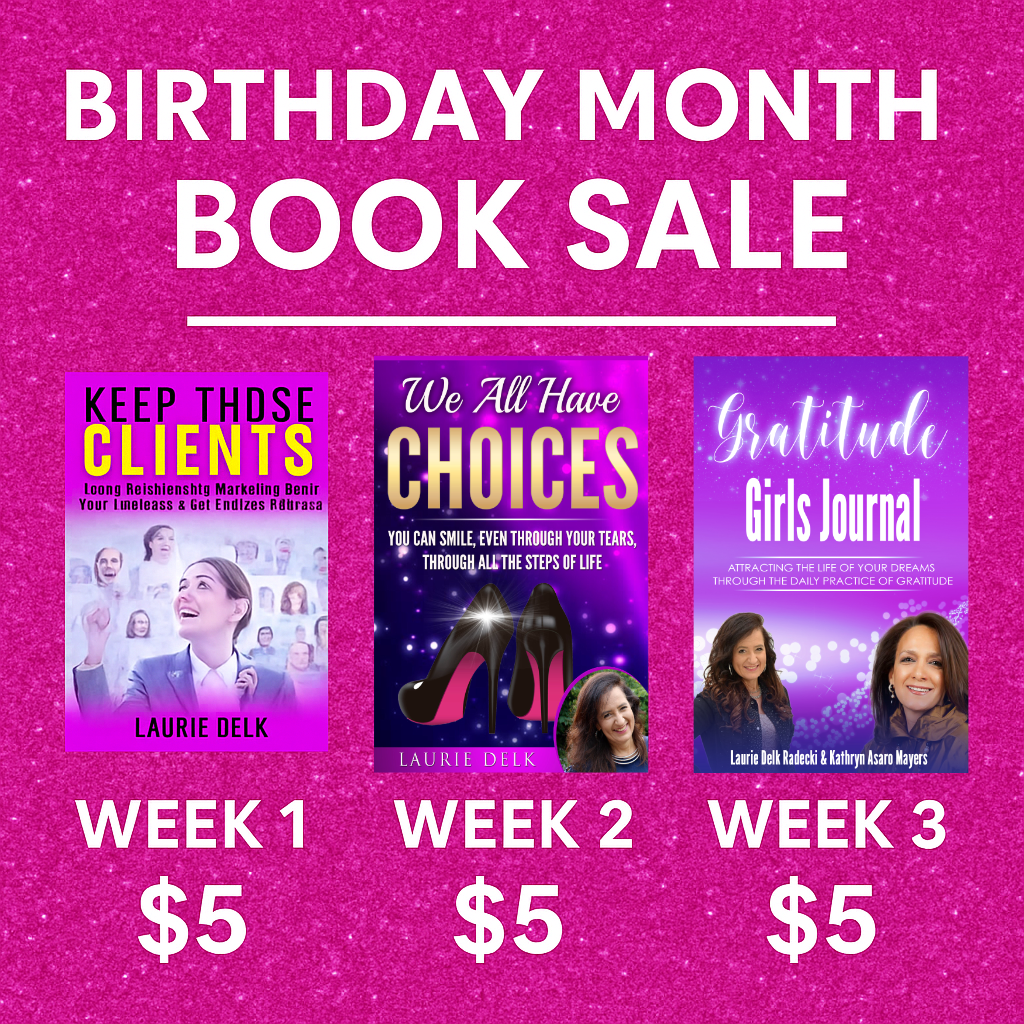You were created for more.
More clarity. More energy. More peace. More purpose. 💫
And sometimes the only thing standing between where you are and where you want to be…
is simply taking the next courageous step.
Whether that step is improving your health, strengthening your mindset, deepening your faith, or showing up for your family and your future — every small action compounds. 🚀
You do not need perfection to begin.
You need willingness.
You need belief.
You need movement.
When you invest in yourself — physically, mentally, spiritually — you begin to unlock momentum you didn’t even know existed. You start experiencing more clarity, more confidence, and more joy. ❤️
And once that momentum starts… nothing can stop you.
Not your past.
Not fear.
Not doubt.
Not circumstances.
Remember:
✨ Your story is not over.
✨ Your breakthrough moment is still ahead.
✨ Your strength is rising from within.
Take the step.
Don’t wait for a perfect moment.
Create one.
You are capable. You are worthy. You are powerful. 🔥
#KeepMovingForward #YouWereMadeForMore #LiveWithPurpose #FaithOverFear #MotivationDaily #MindsetMatters #BelieveAndAchieve #GrowthJourney #TakingSteps #MomentumRising #LauriesLessons ✨💪🌟




